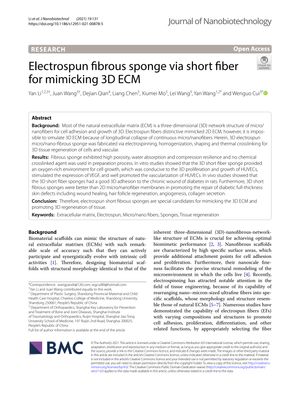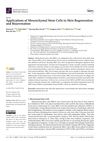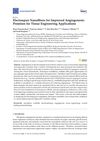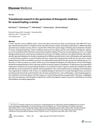Electrospun Fibrous Sponge via Short Fiber for Mimicking 3D Extracellular Matrix
May 2021
in “
Journal of Nanobiotechnology
”

TLDR The 3D electrospun fibrous sponge is promising for tissue repair and healing diabetic wounds.
The document describes a study on the development of a 3D electrospun fibrous sponge (EF-Sponge) designed to mimic the natural extracellular matrix (ECM) for tissue regeneration. The EF-Sponge was created using electrospinning, homogenization, shaping, and thermal crosslinking, and was tested for its mechanical properties, water absorption, and biocompatibility. In vitro studies with human umbilical vein endothelial cells (HUVECs) showed that the EF-Sponge supported cell proliferation and vascularization. In vivo studies on diabetic rats demonstrated that the EF-Sponge adhered well to chronic wounds and was more effective in promoting wound healing, hair follicle regeneration, angiogenesis, and collagen secretion than 2D micro/nanofiber membranes. The study concluded that the EF-Sponge, particularly the 2% fiber density scaffold, is promising for tissue regeneration and diabetic wound repair due to its ability to promote granulation tissue formation, collagen deposition, and skin appendage regeneration.



